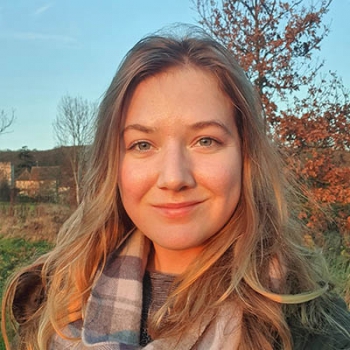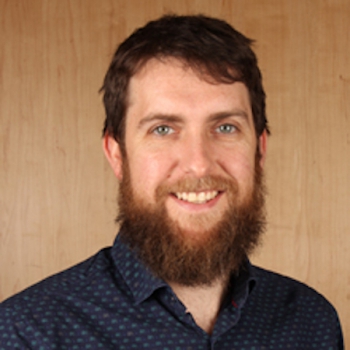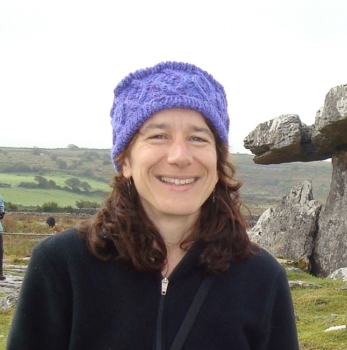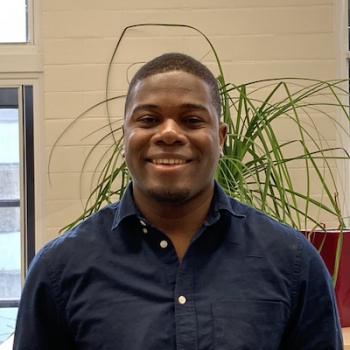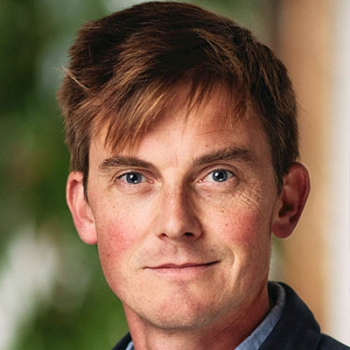Starting from the bottom: Exploring nature recovery in the cocoa-forest landscape of Ghana
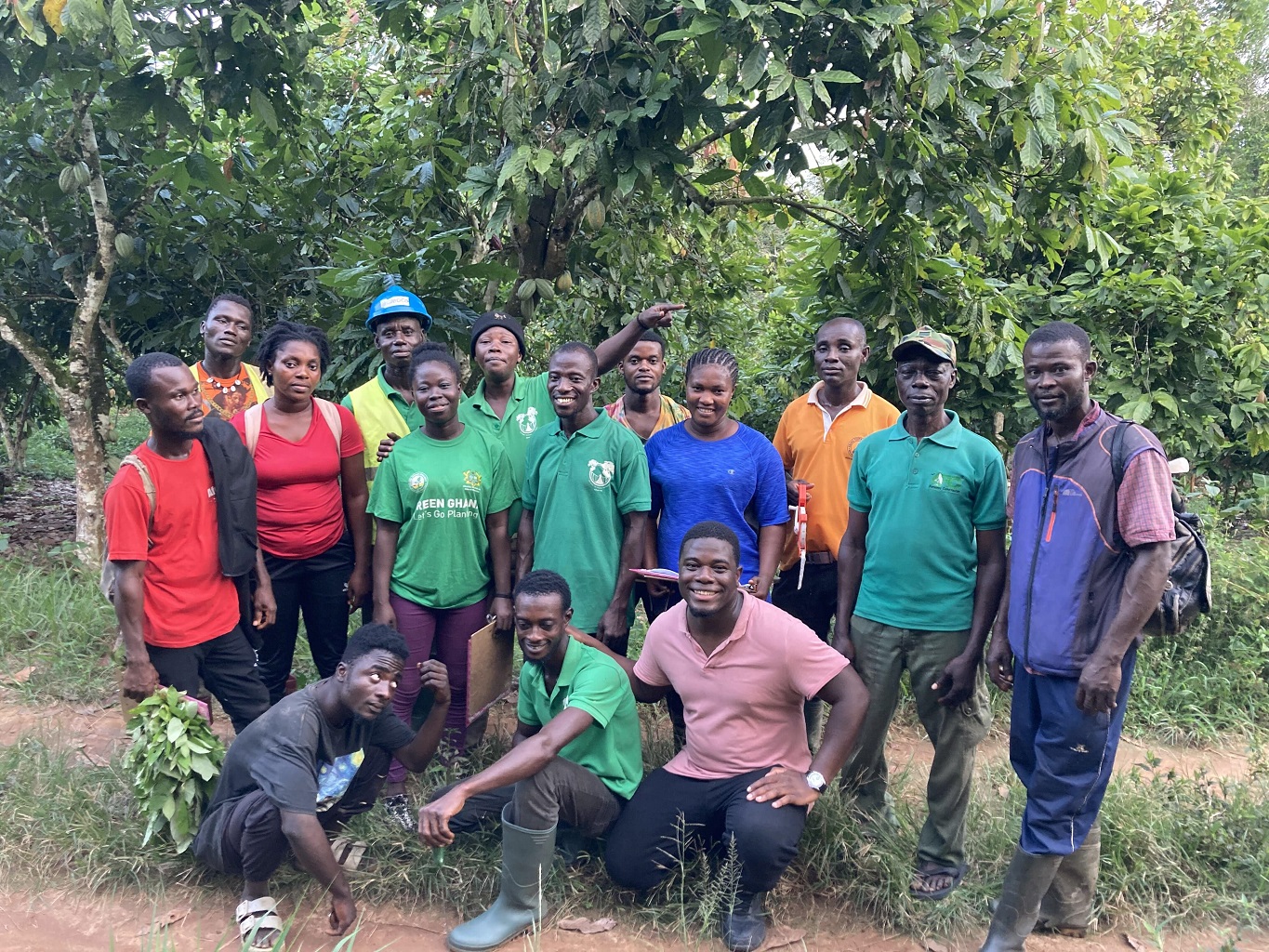
Nestled in Southern Ghana, the Kakum landscape has long captivated the imagination of scientists, conservationists, and nature lovers alike. The exploratory studies are to understand the perceptions, practices and interactions behind this complex landscape of old-growth forests, cocoa agroforests and food crop farms, as well as how to monitor better the contributions and impacts of climate investments and related land use institutional reforms in the area.
So far, their journey has been marked by awe-inspiring encounters with the region’s diverse flora and fauna. Moreover, they have been interacting with local communities to understand their viewpoints on how to better study linkages between forest health, cocoa productivity, and social welfare and empowerment, and navigating institutions for effective land use governance and nature recovery.
The insights from such discussions have been invaluable, with farmers bringing to bear multiple viewpoints to enrich the research and improve the usefulness of future findings.
A cocoa farmer during one focus group discussions cautioned:
“Unlike the past, where cocoa harvests were predominantly limited to September to November, hybrid cocoa varieties now enable year-round harvesting. Focusing solely on the main harvest season will yield flawed productivity figures.”
Another cocoa farmer and village chief observed in a separate focus group:
“Your team needs to establish a clear link between your research and concrete benefits for our community. For example, our emissions reduction payments within the Ghana Cocoa Forest REDD+ Programme (GCFRP) are currently delayed by the government. Your research should thoroughly investigate this matter, as it significantly impacts our well-being.”
The GCFRP is led by Ghana’s National REDD+ Secretariat and financed by the World Bank. It seeks to reward farmers, chiefs and local communities for their contributions to avoided deforestation and has led to the creation of multi-level institutions for land use management in key landscapes, including Kakum since its inception in 2019.
These grassroots insights underscore the paramount significance of bottom-up research framing and the potential interdisciplinary collaborations. This synergy is readily apparent, as Dr Eric Kumeh, our lead social scientist, facilitates discussions in consultation with our ecologists from the LCNR and collaborators, including Dr Kwadwo Kusi and others from FORIG.
The team remains committed to further engagement, including participatory observations of ongoing data collection efforts by local institutions. These endeavours aim to yield deeper insights into how climate investments can be effectively monitored to catalyse nature recovery and community well-being in the Kakum Landscape and beyond.


